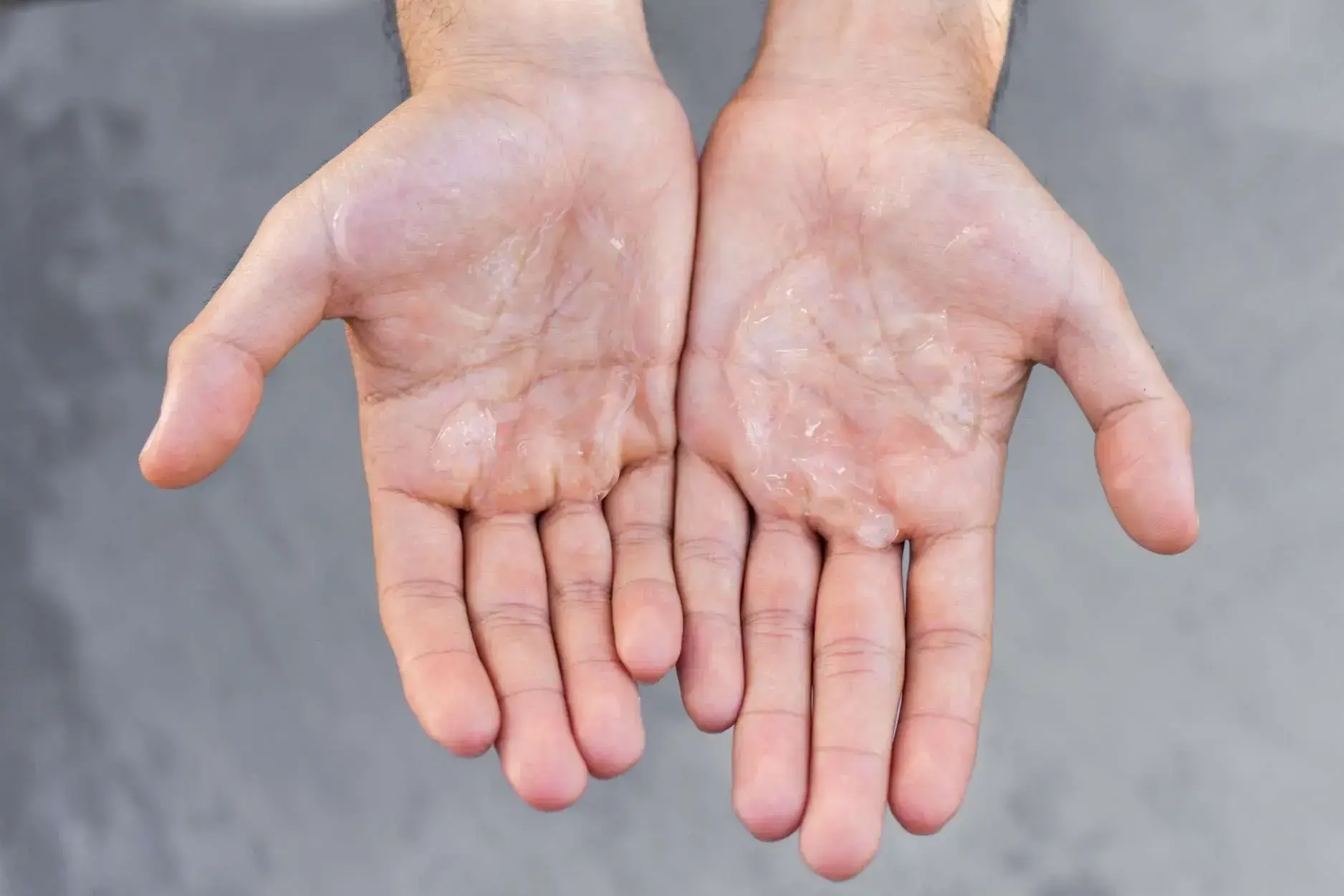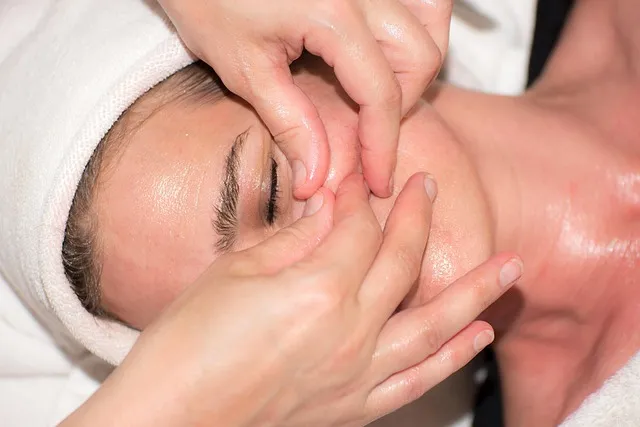Many individuals will get a fungal infection at some point in their lives. Fungal infections are generally caused by poor sanitation, humid weather, and climate changes. Fungal infection in hands are common and can be caused by various species of fungi. They can present as skin rashes, redness, itching, and scaling. To diagnose a fungal infection, a dermatologist may take a skin scraping to examine under a microscope or perform a fungal culture.
Treatment may include antifungal creams or oral antifungal medication, and keeping the infected area clean and dry is important. It is also important to avoid spreading the infection to other parts of the body or other people. As a result, the infection is so widespread in this blog you can find the best ways to get rid of fungal infection of the hands.
What is a fungal infection?
Fungal infections, often known as onychomycosis, are caused by poor hygiene, heavy pollution, and humidity. Tinea manuum is a fungus that can infect either one or both hands. The infection affects the skin's outer layer. Ringworm is also another name for tinea. Skin fungus can affect any body area, varying from an oral rush to toe fungus. The infection might cause redness, irritation, or dermal disintegration. Ignoring and avoiding body fungus can have significant effects.
According to studies, nearly 1.7 billion people were sick with dangerous fungal infections in 2017. Approximately 6 million individuals have been at risk of death due to the infection. Fungal skin diseases spread through direct contact. This could include having contact with fungi on clothing or even other personal belongings, whether on a person or an animal.
Also, Read Candid B Cream: Uses, Side Effects, Price, and Related Warnings.
10 Remedies to get rid of Fungal Infections in Hands

Man of the fungi that develop these infections are resistant to medicines and other forms of treatment. Fungal infections are usually difficult to treat and may take some time to cure. Although over-the-counter medications and antifungal ointments are widely available, many fungal skin infections are treatable at home. Let's look at how to naturally treat a fungal infection on the hands at home:
1. Use Honey
Raw Honey is widely known for its incredible medicinal capabilities. Because it contains antibacterial hydrogen peroxide, unpasteurized Honey effectively destroys germs and fungi. Use a teaspoon of Honey on the infected area of your skin to treat it. It is vital to apply the correct medicine; how the remedy is applied also influences the recovery rate.
know 13 amazing benefits of eating honey.
2. Coconut Oil
Coconut is another beneficial element for skincare products and healing. Coconut oil, an age-old treatment for skin diseases, has antifungal qualities that kill fungus cells. Unheated coconut oil is a powerful antifungal agent. It is simple to apply to the diseased skin area, making it an effective topical treatment. It is also excellent for curing scalp ringworm because it has no adverse effects and is gentle on the skin. For optimal effects, use it three times each day.
3. Turmeric
Whether you're wondering how to cure the infection, turmeric is the most widely utilized therapy for any skin disease. This spice possesses antibacterial and anti-inflammatory qualities. Combine it with some water and gently apply it to the afflicted region. To reap its advantages in the internal body, drink it with warm water or make turmeric tea. Because turmeric is accessible in every Indian household's kitchen, this is the simplest home cure for fungal infection of hands.
4. Tea Tree Essential Oil
This oil contains an antibacterial and antifungal component that provides immediate results. Combine this herbal mixture with any oil and apply it, such as coconut or olive oil. When the mixture is ready, gently apply it to the affected region. Tea tree oil has been shown to encourage the formation of new cells; thus, it has potential. Apply the mixture to the injured region of your skin, as inadvertent treatment may cause the fungi to spread.
Also, Read What Does Vitamin C Do for Your Skin?
5. Neem Leaf
Neem is an effective fungal infection treatment. Some researchers even believe it is the ultimate cure. It possesses antifungal and detoxifying effects, which aid in removing infections and dermophytes from the skin. Boil a bunch of neem leaves and drink the water, or make a paste by thoroughly crushing them. You can apply the paste all over your hands daily for better results. You can also use neem water to get a better result when bathing.
6. Use Aloe Vera gel.
Aloe vera is frequently used to soothe the skin. It is regarded as one of the most powerful organic natural remedies for skin diseases and an effective healer for various fungal infections. Aloe vera destroys fungi and germs due to its antiseptic properties. It may also slow down fungal development.
7. Garlic
Garlic is another antifungal and antibacterial herb. Those who consume it regularly are less likely to get fungal infections. Crush a few garlic cloves and combine them with olive oil to make a paste. Apply for 30 minutes on the hands where the infection is affected. Garlic is useful in treating ringworm, Candidiasis, Trichoderma, Torulopsis, and Cryptococcus.
8. Apple Cider Vinegar.
This acidic substance, high in nutrients like potassium, magnesium, and phosphorus and has antibacterial and antifungal characteristics, is a good home cure for fungal infections. The acidic characteristics of apple cider vinegar slow fungal growth, allowing your infections to be treated effectively and quickly. Apple cider vinegar can be utilized in various ways to prevent fungal infection on hands.
9. Consuming yogurt
Yogurt and other probiotics contain a significant amount of beneficial bacteria, which aid in preventing fungal infections. These are made to fight the microorganisms which cause such infections. Fermented foods are another good source of probiotics. If these don't work, you can take probiotic supplements containing a concentrated dose of healthy bacteria.
10. Apply Lemongrass Oil
Lemongrass is another component that has antibacterial effects. For optimal effects, combine lemongrass oil with another oil and apply gently on the affected region with a cotton pad or wipe twice a day.
What are Other Antifungal creams to get rid of the fungal infection on hand?

Topical antifungals are creams, liquids, or sprays that treat various infections affecting the hand, skin, scalp, and nails. Ketoconazole, miconazole, Clotrimazole, econazole, tioconazole, terbinafine, and amorolfine are among them. They are available under a variety of brand names. An antifungal cream is sometimes paired with other treatments. For example, an antifungal cream is frequently mixed with low topical steroids, such as hydrocortisone, to treat specific rashes. The antifungal cream helps clear the infection, while the moderate steroid cream decreases the inflammation.
Conclusion
Always keep your hands and fingernails clean, and wash them properly, particularly if you wear gloves frequently. Please avoid contact with anyone with active fungal infection anywhere on their body. If you have a fungal infection elsewhere on your body, avoid scratching it with your hands. Use disposable gloves while treating other infected areas to prevent the infection from spreading to your hands.
There are numerous over-the-counter drugs possible to cure and treat fungal skin infections. However, if your infection isn't improving with over-the-counter medications, you should see a doctor to see how to effectively treat fungal infection in hands. A prescription may also be required for effective medication.

Reviewed by







